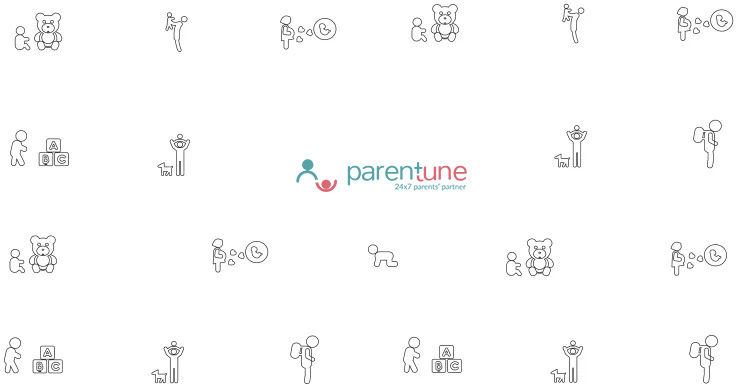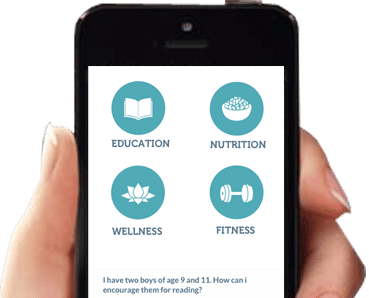Tips to Teach Multiplication Tables to Your Child
Learning tables can be fun if learned through the visual and audio presentation. As a parent, you can create some posters or flashcards for your child.
2 ones a 2
2 twos a 4
These chorus chants were common in my days. This is how I learned my tables. Learning by memory is by far the easiest method though children today are not too comfortable learning this way.
What Are The Different Ways To Learn Tables?
Here are some of the tips to teach multiplication tables to your child. Check this
- Posters: Create your own poster. Use waste materials like cardboards or charts used on one side. Draw bright columns. Paste colorful cut-outs of numbers and replicate the tables. Or just use marker pens to write them out. Posters serve as daily reminders. Do not put up the whole list. Begin with only the numbers they are learning. You could put tables of odd numbers or multiples of 3, 5, etc.
- Flashcards: The same can be done with flashcards and put on the study table. Encourage children to spend just 15 minutes studying the tables. Use colored cards to indicate the different numbers e.g. multiples of 2 can be in blue, multiples of 3 in green, etc. Use colored paper or charts to make the cards
- Music: Create rap or any other form of music with the tables. Children love music and actions especially when they are small
- Don't go by the order: The order of numbers does not matter in multiplications e.g. 6x2= 12 vs 2x6= 12. So learning half the tables is actually enough
- Teach a set of tables together: Learn a set of tables every day till thorough. Group tables of 2,3,4, 5 and make them thorough
- Teach them to look for patterns: Table 2 is just doubling while table 3 is tripling. Table 5 ends in 0 or 5. Table 9 has an interesting pattern- look at the answers- the last number will be in descending order- 18,27,36…. Table 10 will always end in 0
- Tables get together: have a study group once a week. Use this time to make learning interactive and activity-based. Give numbers to each child and ask them to narrate or sing the tables. Have a race between them. Organize a puzzle or a quiz based on tables
- Maggi Test: Create a 2-minute test on tables and call it the Maggi test
- Stories and tables go hand in hand: Inculcate tables into stories for little ones
- Have a multiplication table day: E.g. every Friday for 1 hour. Use the Pomodoro technique to use the one hour. The Pomodoro techniques consist in working in slots. Each slot will have 25 minute of studying and five minutes of rest
- Same numbers multiplication chart: Create a chart for 2x2,3x3,4x4
- Tables' box: Set up a shoebox and label it the 'tables box'. Cut out numbers using old newspapers. Ask your child to fish out a number. Recite the tables of that number. Or create a table chart using the numbers in the box
- Abacus is fun: Enrolling in abacus for the very small children and Vedic math for middle school children can also help because both methods teaches children to do mental calculations. Mental calculations help in learning the tables
- Online tests: There are interactive tests also online. Set up an incentive system. Create an incentives chart. Reward a red dot when your child is able to say the complete table of a particular number. When he/she collects 5 stars give them a treat. The treat can be an extra hour of play during the weekend
- Routine learning is a must: The key to learning tables is persistent routine. Routine learning will help in storing into the memory
- Practice makes your child perfect: Just like one would need to practice constantly for a dram or a speech, so also one should practice one's tables. It is essential to praise the efforts and not just the child
- Remove the fear of maths: Most children tend to be afraid of math. Or they dislike the subject due to the teacher. If you know this early it is best to act early. Make your child see math in every- day life. The kitchen itself is a great way to apply math in daily life. Each room has objects, doors, and windows. Shapes, numbers, sizes can be taught using them.
Once a child overcomes the fear of math and numbers he/she will be able to learn multiplication
Did you like the blog on how to learn multiplication tables? Share your views and feedback in the comments section below.


















